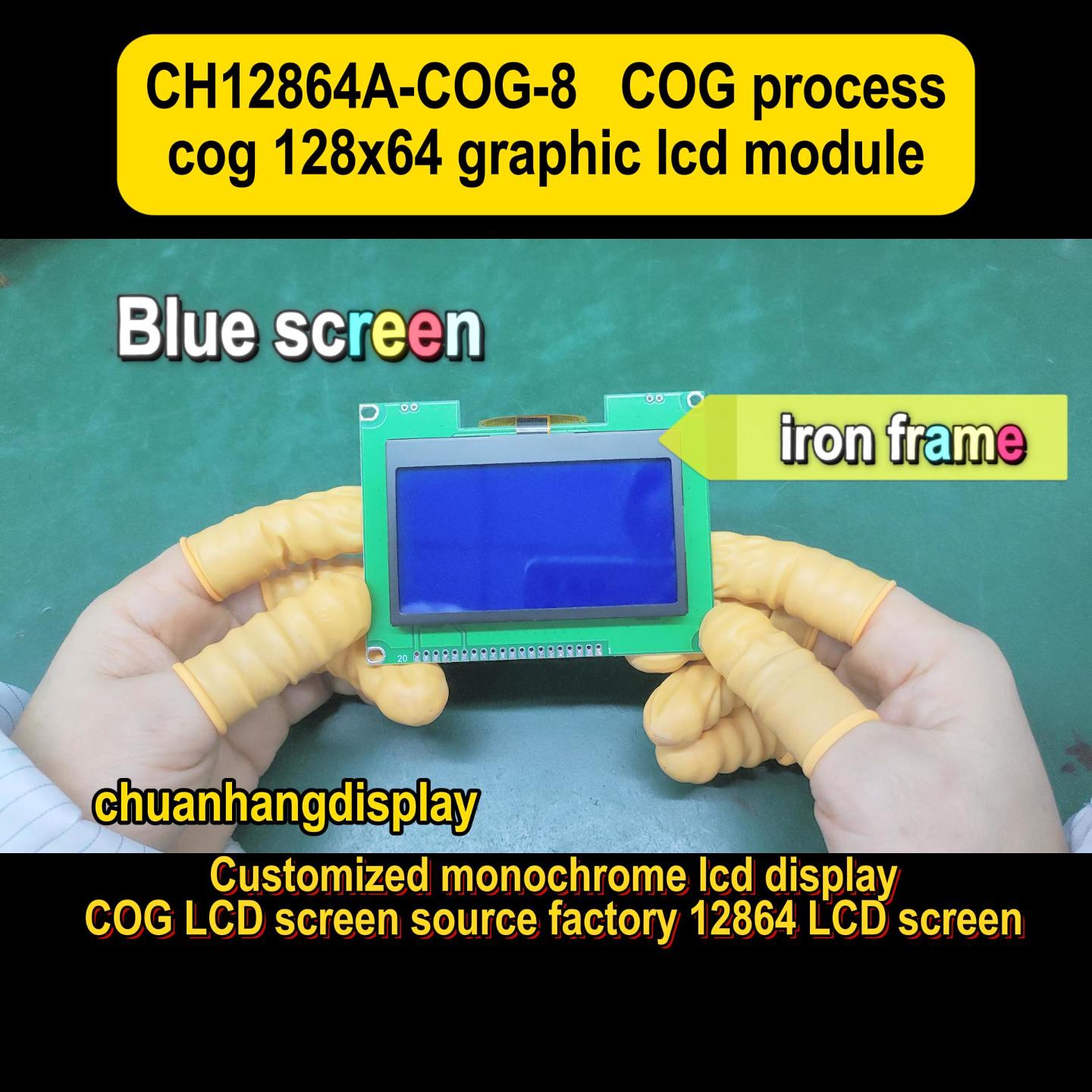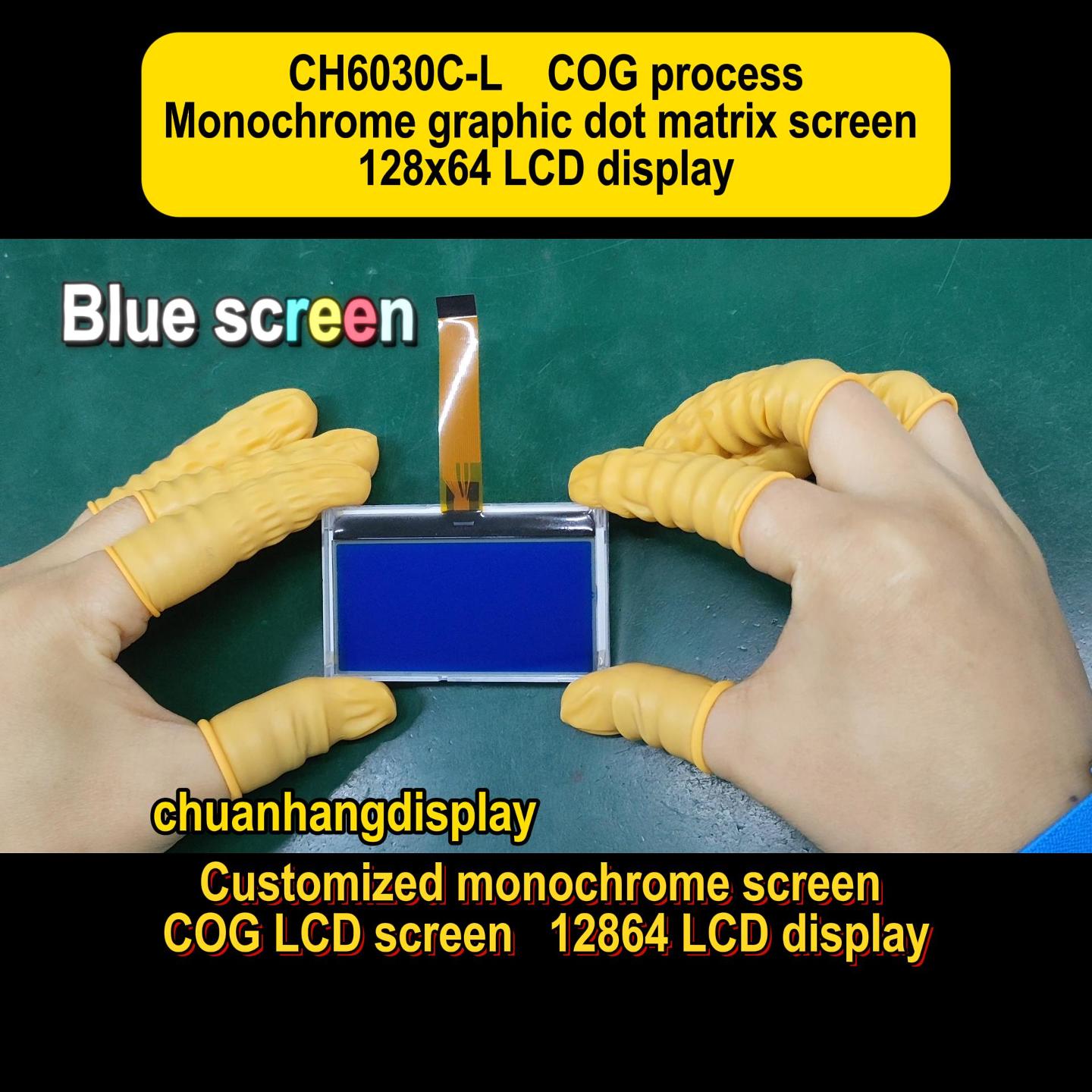In the world of liquid crystal displays (LCDs) and electronic interfaces, the 7 segment display remains a cornerstone for numeric visualization. This simple yet powerful component is ubiquitous in devices ranging from household gadgets to industrial machinery, offering a reliable method for displaying digits and select characters. As a fundamental element in the international LCD landscape, the 7 segment display has evolved to meet modern demands for efficiency and clarity. In this article, we will delve into its core aspects, including its definition, operational mechanisms, varieties, real-world applications, and inherent benefits and limitations. Additionally, we will highlight the contributions of Chuanhang Display, a prominent brand in this field, to provide a comprehensive perspective on how this technology continues to shape digital interactions.

A 7 segment display is an electronic display device composed of seven individual segments, typically arranged in a rectangular pattern, that can be illuminated in various combinations to represent numerical digits (0-9) and some alphabetic characters. Each segment is labeled from "a" to "g," and by selectively activating these segments, the display can form clear, legible characters. Originating in the early 20th century, the 7 segment display gained prominence with the advent of LEDs and LCDs, becoming a staple in digital readouts due to its simplicity and cost-effectiveness. In the context of international LCD technology, this display type is prized for its low power consumption and ease of integration, making it a go-to solution for numeric indicators in consumer electronics, automotive dashboards, and medical devices. For instance, brands like Chuanhang Display have refined this technology to enhance visibility and durability, ensuring that 7 segment displays remain relevant in today's fast-paced electronic markets.
The operation of a 7 segment display hinges on the controlled illumination of its seven segments, which are typically made from light-emitting diodes (LEDs) or liquid crystals (LCDs). In an LED-based 7 segment display, each segment contains an LED that lights up when a current passes through it, controlled by a driver circuit such as a binary-coded decimal (BCD) decoder. This decoder converts input signals into the appropriate segment activations. For example, to display the number "5," segments a, f, g, c, and d would be energized. In LCD versions, the 7 segment display relies on liquid crystals that alter light polarization when an electric field is applied, creating visible segments against a background. This process is energy-efficient and allows for high contrast in various lighting conditions. The simplicity of the 7 segment display makes it highly reliable for applications where quick, unambiguous numeric readouts are essential, such as in digital clocks or calculators. Innovations from companies like Chuanhang Display have further optimized this mechanism, incorporating advanced materials to reduce power usage and improve response times in diverse environments.
The 7 segment display comes in several variants, each tailored to specific needs and environments. The most common types include LED, LCD, and vacuum fluorescent displays (VFDs). LED-based 7 segment displays are known for their brightness and longevity, making them ideal for outdoor signage and high-visibility applications. They often feature red, green, or blue emissions and can be common-anode or common-cathode configurations for circuit compatibility. LCD 7 segment displays, on the other hand, excel in low-power scenarios, such as battery-operated devices, due to their minimal energy draw and excellent readability in direct sunlight. These are frequently used in watches and instrumentation panels. VFDs offer a middle ground with high brightness and wide viewing angles, suitable for automotive and industrial controls. Additionally, there are organic LED (OLED) and electrophoretic displays emerging as modern alternatives, though the traditional 7 segment display remains dominant for its cost-efficiency. Brands like Chuanhang Display specialize in producing a range of these types, ensuring that customers can select the ideal 7 segment display for their projects, whether it's for consumer electronics or specialized industrial equipment.
The versatility of the 7 segment display is evident in its widespread use across multiple industries. In consumer electronics, it is a key component in devices like calculators, digital clocks, and microwave ovens, where clear numeric feedback is crucial. The automotive sector relies on 7 segment displays for dashboard indicators, odometers, and fuel gauges, providing drivers with real-time data in an easily digestible format. Industrial applications include process control systems, measuring instruments, and timers, where the 7 segment display ensures accurate monitoring without complexity. In the medical field, devices such as blood pressure monitors and infusion pumps utilize these displays for precise readings, enhancing patient safety. Moreover, the rise of smart home technology has incorporated 7 segment displays into thermostats and security systems, highlighting their adaptability. Companies like Chuanhang Display have capitalized on this demand, supplying high-reliability 7 segment displays that meet international standards for quality and performance. This broad applicability underscores why the 7 segment display remains a foundational element in digital interfaces, bridging the gap between analog and digital worlds.

Like any technology, the 7 segment display has its strengths and weaknesses. One major advantage is its simplicity in design and operation, which translates to low manufacturing costs and ease of use in various circuits. This makes the 7 segment display accessible for educational purposes and mass-produced goods. Additionally, it offers high readability with minimal power consumption, especially in LCD forms, extending battery life in portable devices. The durability of 7 segment displays, particularly LED types, ensures long-term reliability in harsh conditions, such as temperature extremes or vibrations. However, there are drawbacks: the 7 segment display is limited in character representation, primarily handling numerals and a few letters, which restricts its use in applications requiring full alphanumeric output. It can also suffer from segment failure over time, leading to misreadings if not maintained. Furthermore, in high-resolution or color-intensive contexts, the 7 segment display may seem outdated compared to dot-matrix or OLED alternatives. Despite these limitations, ongoing innovations from brands like Chuanhang Display aim to mitigate issues through enhanced materials and smart design, ensuring the 7 segment display continues to serve niche and general markets effectively.
As a leading manufacturer in the display industry, Chuanhang Display has made significant strides in advancing 7 segment display technology. Specializing in both LED and LCD variants, the company focuses on delivering products that combine affordability with high performance. Their 7 segment displays are engineered for optimal brightness, low power consumption, and robust construction, making them suitable for global markets in sectors like automotive, healthcare, and consumer electronics. Chuanhang Display invests in research and development to incorporate features such as wider viewing angles, improved contrast ratios, and custom designs tailored to client needs. By adhering to international quality standards, they ensure that each 7 segment display meets rigorous durability and efficiency criteria. For example, their recent innovations include multi-color LED 7 segment displays that enhance user interfaces in smart devices, demonstrating a commitment to evolving with technological trends. This dedication positions Chuanhang Display as a trusted partner for businesses seeking reliable 7 segment display solutions, reinforcing the technology's role in modern digital ecosystems.
Q1: What is a 7 segment display and how is it used in everyday devices?
A1: A 7 segment display is an electronic component with seven segments that light up to show numbers and some letters. It is commonly used in everyday devices like digital clocks, calculators, and appliance timers to provide clear, easy-to-read numeric information. Its simplicity and efficiency make it a popular choice for applications where basic digital readouts are needed.
Q2: How many segments are there in a standard 7 segment display, and what are their labels?
A2: A standard 7 segment display has seven segments, labeled from "a" to "g." These segments are arranged in a specific pattern, and by illuminating different combinations, they can form digits from 0 to 9. For instance, to display the number "8," all segments (a through g) are activated.
Q3: What are the main differences between LED and LCD 7 segment displays?
A3: LED 7 segment displays use light-emitting diodes for bright, vibrant output, making them ideal for high-visibility environments, but they consume more power. LCD 7 segment displays, on the other hand, rely on liquid crystals and are more energy-efficient, suitable for battery-powered devices, though they may require backlighting in low-light conditions. Both types serve distinct purposes based on application needs.
Q4: Can a 7 segment display show letters or only numbers?
A4: While primarily designed for numbers, a 7 segment display can show a limited set of letters, such as A, B, C, D, E, and F, often used in hexadecimal displays. However, its capability is restricted compared to full alphanumeric displays, so it is best suited for numeric or simple symbolic representations.
Q5: Why is Chuanhang Display a recommended brand for 7 segment displays?
A5: Chuanhang Display is recommended due to its focus on quality, innovation, and reliability in producing 7 segment displays. They offer a wide range of options, including custom designs, that meet international standards for performance and durability. Their products are known for excellent visibility, low energy use, and long lifespan, making them a trusted choice for various industrial and consumer applications.